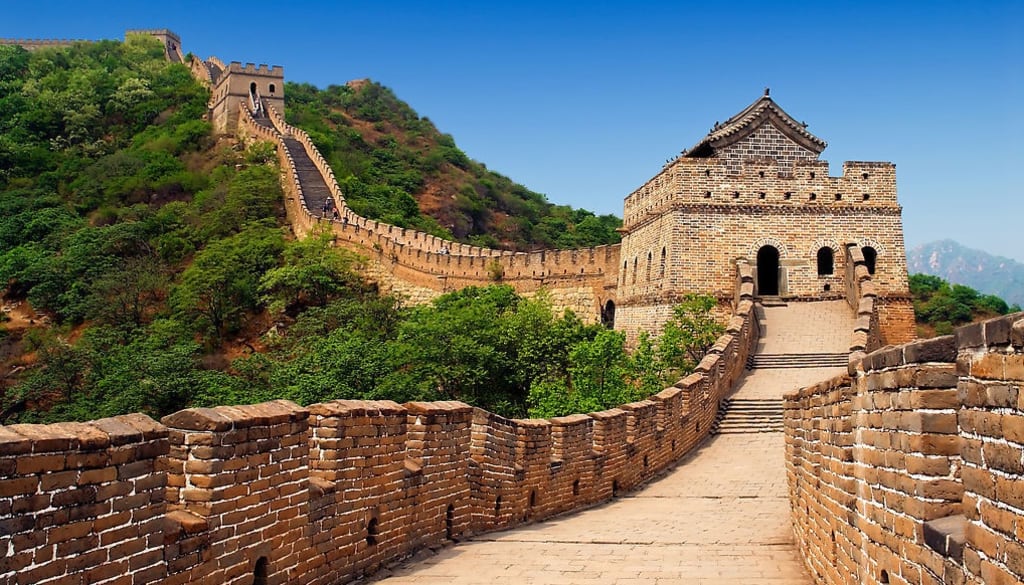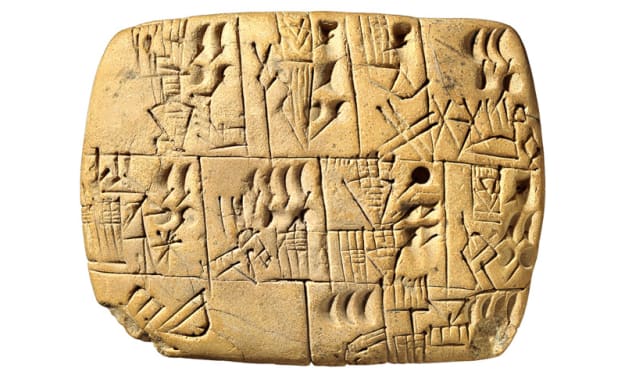The Great Wall of China: An Enduring Monument of Ancient Engineering
History

The Great Wall of China stands as one of the most iconic and awe-inspiring feats of ancient engineering, symbolizing the ingenuity and determination of Chinese civilization. Spanning thousands of miles, this colossal structure not only served as a formidable defense mechanism but also as a testament to the cultural and historical significance of China. In this article, we explore the history, construction, and enduring legacy of the Gr
The Great Wall of China was constructed over several dynasties, with the earliest sections dating back to the 7th century BCE. The most well-known and well-preserved sections were built during the Ming Dynasty (1368-1644 CE). The primary purpose of the wall was to protect Chinese states and empires from invasions and raids by nomadic tribes from the north, including the Mongols and the Xiongnu.
The construction of the Great Wall involved an immense labor force, consisting of soldiers, peasants, and prisoners. Building the wall was a colossal undertaking, utilizing locally sourced materials such as earth, wood, bricks, and stone. The wall’s construction techniques evolved over time, with the Ming Dynasty incorporating bricks and stone slabs to reinforce and extend the wall, making it stronger and more resilient.
The Great Wall stretches over 13,000 miles, winding its way through diverse terrains such as mountains, deserts, and plains. Its average height is between 20 to 23 feet, and the width ranges from 13 to 16 feet. The wall is punctuated by watchtowers, signal towers, and fortresses, which were strategically placed to enhance defense and communication. These structures allowed soldiers to keep watch for enemy movements and relay messages quickly across vast distances.
Beyond its military function, the Great Wall played a crucial role in the control of immigration and emigration, regulation of trade along the Silk Road, and cultural exchange. It facilitated the protection of economic interests by preventing smuggling and ensuring that tariffs could be collected on goods transported along the trade routes. The wall also served as a psychological barrier, symbolizing the might and endurance of the Chinese empire.
The Great Wall of China is a UNESCO World Heritage Site and continues to be a symbol of Chinese culture and history. It attracts millions of tourists each year, offering breathtaking views and a glimpse into ancient Chinese engineering. The wall's preservation is a priority for the Chinese government and various international organizations, ensuring that future generations can appreciate its historical and cultural significance.
The construction of the Great Wall required advanced engineering and architectural skills. Workers built the wall using a variety of materials depending on the region and availability. In mountainous areas, stone blocks were used, while in plains and deserts, tamped earth and adobe bricks were more common. The builders demonstrated remarkable ingenuity in adapting their techniques to the challenges posed by different terrains.
The wall’s military architecture includes features designed to repel invaders and withstand sieges. The battlements, parapets, and crenellations provided cover for archers and defenders. The watchtowers served as lookouts and command posts, allowing for the coordination of defense efforts. The signal towers used smoke signals during the day and fire at night to communicate threats and mobilize troops rapidly.
The Great Wall also had significant cultural and symbolic meanings. It represented the boundary between the civilized Chinese world and the perceived barbarian wilderness beyond. It was a symbol of the strength, unity, and perseverance of the Chinese people. The wall was a source of inspiration for Chinese literature, art, and folklore, reflecting its deep-rooted place in the national consciousness.
Despite its formidable design, the Great Wall was not impenetrable. Throughout its history, it was breached multiple times by invaders, including the Mongols under Genghis Khan in the 13th century. These breaches highlight the limitations of even the most impressive fortifications and underscore the dynamic nature of military strategy and technology.
Today, the Great Wall of China remains an enduring symbol of human ingenuity and perseverance. It is a testament to the ancient Chinese civilization's ability to mobilize vast resources and labor for monumental projects. The wall continues to capture the imagination of people worldwide, serving as a powerful reminder of the lengths to which societies will go to protect their way of life and cultural heritage.
The Great Wall of China is more than just a physical barrier; it is a profound symbol of China's historical resilience and cultural identity. Its construction and preservation reflect the collective effort and determination of countless individuals over centuries. As we continue to explore and study this magnificent structure, we gain a deeper appreciation for its historical significance and the enduring legacy it represents.
About the Creator
Marveline Merab
“History never repeats itself. Man always does.”
― Voltaire
Enjoyed the story? Support the Creator.
Subscribe for free to receive all their stories in your feed. You could also pledge your support or give them a one-off tip, letting them know you appreciate their work.






Comments
There are no comments for this story
Be the first to respond and start the conversation.